Maximizing Value Through Owner’s Representation in Construction
When it comes to major construction projects, managing all the details can be an overwhelming and daunting task. That’s why many owners turn to Owner’s Representation to help them navigate the complex aspects of the construction process. Owner’s Representation is a specialized type of project management that provides the owner with a single point of contact to oversee the entire project. In this article, we’ll explore how Owner’s Representation can help maximize the value of construction projects and how best to manage the process.
What is Owner’s Representation?
Owner’s Representation is a specialized type of project management that provides the owner with a single point of contact to oversee the entire project from start to finish. An Owner’s Representative is responsible for making sure the project is completed on time, within budget, and meets the owner’s expectations. The Owner’s Representative typically works closely with the owner, contractors, and other stakeholders to ensure the project is progressing as planned.
The role of an Owner’s Representative is to ensure that all parties involved in the project are informed of their responsibilities, are working towards meeting the project objectives, and are clear on the owner’s expectations. An Owner’s Representative will typically manage a wide range of tasks such as budgeting, scheduling, construction management, risk assessment, and quality control. They will also be responsible for monitoring progress and providing advice and guidance to the owner on any issues that may arise during the course of the project.
Benefits of Owner’s Representation
Owner’s Representation provides a number of benefits to the owner, including:
- Improved project outcomes: An Owner’s Representative will help ensure the project is completed on time and within budget while also meeting the owner’s requirements and expectations.
- Reduced risks: An Owner’s Representative will identify potential risks and help the owner develop strategies to mitigate them.
- Increased efficiency: An Owner’s Representative will work to streamline the process and ensure all parties are working together efficiently.
- Improved communication: An Owner’s Representative will facilitate communication between the owner, contractors, and other stakeholders to ensure everyone is on the same page.
- Cost savings: An Owner’s Representative will help the owner identify cost savings opportunities and ensure the project is completed within the set budget.
The Role of the Owner’s Representative in Construction
An Owner’s Representative plays an important role in the construction process. They will typically oversee the entire project from start to finish, which includes:
- Developing the project scope: The Owner’s Representative will work with the owner to develop a clear and comprehensive project scope that outlines the project’s objectives, timeline, and budget.
- Creating a project plan: The Owner’s Representative will create a detailed project plan that outlines the steps needed to complete the project.
- Monitoring progress: The Owner’s Representative will regularly monitor the progress of the project and ensure that all parties are meeting the project objectives.
- Quality control: The Owner’s Representative will be responsible for ensuring the quality of the project and that all construction standards are being met.
- Risk management: The Owner’s Representative will identify potential risks and develop strategies to mitigate them.
- Budget management: The Owner’s Representative will monitor the budget and ensure the project is completed within the set budget.
Owner’s Representation: The Process
When engaging an Owner’s Representative, it is important to understand the process they will follow. This typically includes the following steps:
- Initial consultation: The Owner’s Representative will meet with the owner to gain an understanding of their goals and expectations for the project.
- Develop scope of work: The Owner’s Representative will develop a scope of work based on the owner’s requirements and expectations.
- Create project plan: The Owner’s Representative will create a detailed project plan that outlines the steps needed to complete the project.
- Monitor progress: The Owner’s Representative will monitor the progress of the project and ensure that all parties are meeting the project objectives.
- Quality control: The Owner’s Representative will be responsible for ensuring the quality of the project and that all construction standards are being met.
- Risk management: The Owner’s Representative will identify potential risks and develop strategies to mitigate them.
- Budget management: The Owner’s Representative will monitor the budget and ensure the project is completed within the set budget.
- Final review: The Owner’s Representative will review the project to ensure it has been completed in accordance with the scope of work and the owner’s expectations.
Understanding the Construction Project Life Cycle
In order to maximize the value of an Owner’s Representation, it is important to understand the construction project life cycle. This includes:
- Pre-construction: During this phase, the Owner’s Representative will work with the owner to develop the project scope, timeline, and budget. They will also work to identify potential risks and develop strategies to mitigate them.
- Construction: During this phase, the Owner’s Representative will monitor the progress of the project and ensure that all parties are meeting the project objectives. They will also be responsible for quality control and budget management.
- Post-construction: During this phase, the Owner’s Representative will review the project to ensure it has been completed in accordance with the scope of work and the owner’s expectations. They will also provide any necessary feedback and recommendations.
Strategies for Maximizing Value Through Owner’s Representation
When engaging an Owner’s Representative, there are a number of strategies that can be employed to maximize the value of the project. These include:
- Developing a detailed project scope: A clear and comprehensive project scope will help ensure the project is completed on time and within budget.
- Establishing clear expectations: The Owner’s Representative will work with the owner to establish clear expectations for the project and ensure all parties are aware of their responsibilities.
- Identifying cost savings opportunities: The Owner’s Representative will be able to identify areas where cost savings can be made and help the owner make the most of their budget.
- Utilizing their expertise: An Owner’s Representative is an experienced professional who will be able to provide insight and advice on the project.
- Establishing a timeline: The Owner’s Representative will work with the owner to establish a timeline for the project and ensure each task is completed on time.
- Monitoring progress: The Owner’s Representative will monitor the progress of the project and provide regular updates to the owner.
Approaches for Managing Risks
An Owner’s Representative will be able to identify potential risks and develop strategies to mitigate them. This may include:
- Ensuring all parties are aware of their responsibilities: It is important that all parties involved in the project are aware of their responsibilities and that the owner’s expectations are clearly communicated.
- Identifying potential risks: The Owner’s Representative will be able to identify potential risks and develop strategies to mitigate them.
- Utilizing insurance and contractual protections: The Owner’s Representative will be able to advise the owner on insurance and contractual protections that can be put in place to reduce risk.
- Developing a contingency plan: The Owner’s Representative will be able to develop a contingency plan in case unforeseen events occur.
- Establishing quality control procedures: The Owner’s Representative will be able to ensure that the quality of the project is maintained by establishing quality control procedures.
Managing the Owner’s Representation Process
When engaging an Owner’s Representative, it is important to ensure that the process is managed effectively. This includes:
- Developing clear goals and expectations: The Owner’s Representative will work with the owner to develop a clear scope of work and timeline for the project.
- Establishing communication protocols: The Owner’s Representative will establish communication protocols to ensure all parties are informed of their responsibilities and progress is monitored.
- Establishing a budget: The Owner’s Representative will work with the owner to establish a budget for the project and ensure it is managed effectively.
- Assigning responsibilities: The Owner’s Representative will assign responsibilities to all parties involved in the project and ensure they are aware of their roles.
- Establishing quality control procedures: The Owner’s Representative will be able to ensure that the quality of the project is maintained by establishing quality control procedures.
Best Practices for Assigning Owner’s Representation Responsibilities
When assigning Owner’s Representation responsibilities, it is important to ensure that the right person is in the right role. This includes:
- Understanding the skill sets: It is important to understand the skills and experience of the Owner’s Representative and assign tasks accordingly.
- Establishing clear expectations: The Owner’s Representative should be informed of the owner’s expectations and what is expected of them.
- Defining roles and responsibilities: The Owner’s Representative should be aware of their role and responsibilities and how they fit into the project.
- Setting timelines: The Owner’s Representative should be informed of the timeline for the project and when tasks need to be completed.
- Developing quality control procedures: The Owner’s Representative should be informed of the quality control procedures that need to be followed.
Conclusion
Owner’s Representation is a specialized type of project management that provides the owner with a single point of contact to oversee the entire project. It can provide numerous benefits, including improved project outcomes, reduced risks, increased efficiency, improved communication, and cost savings. An Owner’s Representative will be responsible for a wide range of tasks, such as budgeting, scheduling, construction management, risk assessment, and quality control. In order to maximize the value of Owner’s Representation, it is important to understand the process and best practices for assigning responsibilities. By following these steps, owners can ensure that their construction projects are completed on time, within budget, and meet their expectations.


